Box braids have stood the test of time as not only a cultural staple but also as a fashionable and protective hairstyle. Their intricate appearance and the versatility they offer make them a popular choice for people looking to maintain their hair with style. However, despite their beauty and practicality, there's a growing concern about the potential damage box braids may cause to the hairline, leading many to ask, "Do box braids damage your hairline?" This article delves into whether box braids are a friend or foe to your hairline and how to indulge in this hairstyle without compromising hair health.
Understanding Box Braids
Box braids are a trendy hair braiding style in African and African American cultures. The hair is divided into square sections and braided with synthetic or natural hair to add length and volume. Box braids have been used for thousands of years in African cultures to represent tribe, marital status, money, power, and religion.
Despite the rich history and the aesthetic appeal, installing box braids can be lengthy and sometimes painful. People opt for box braids due to their low-maintenance nature, ability to protect natural hair from environmental factors, and ease in daily hair management.
The Hairline and Traction Alopecia
The hairline, also known as the edges, is where the hair meets the forehead and is a particularly vulnerable area due to the delicate nature of the hair there. Traction alopecia is caused by sustained tension on the scalp hair, resulting in gradual hair loss. It is often visible in those who wear tight hairstyles like ponytails, cornrows, and box braids.
How Box Braids Can Lead to Damage
Improper installation of box braids can cause severe tension on the hairline. The tightness required to maintain the braids in place for long periods can tug on the hair's roots, causing stress and potential breakage. Furthermore, the weight of the braids, mainly when extensions are used for length and volume, can strain the hairline. Prolonged wear without proper maintenance might raise the risk of damage, resulting in thinning margins or even permanent hair loss.
Factors That Influence Damage Risk
When considering box braids, it's essential to recognize that not everyone will experience damage to their hairline, and various factors can influence the risk. Understanding these can help make informed decisions to reduce the potential for harm.
Size and Tightness of Braids
The smaller and tighter the braids, the greater the tension on the scalp and hair follicles. This is particularly problematic around the hairline, where the hair is finer and more delicate. Smaller braids may also mean more individual braids, which increases the cumulative weight on the scalp.
Weight of Extensions
Extensions add length and fullness to box braids, but they also add weight. The heavier the extensions, the more strain they place on the natural hair. This is especially true if the braids are long, as the leverage effect can exacerbate the pull on the hair roots.
Hair Type and Strength
When considering the installation of box braids, one may wonder, "what hair to use for box braids?" This is a crucial question, as the type of hair used can significantly impact the overall health of your hairline. Individual hair strength and type play a significant role in this equation. Those with naturally fine or brittle hair may find their hairline more susceptible to breakage under the strain of braids if the added hair is too heavy or coarse. On the other hand, individuals with thicker, more resilient strands may be able to handle a wider variety of extension hair without as much risk of damage, allowing for more versatility in their choice of braided styles.
Pre-existing Hair or Scalp Conditions
Pre-existing conditions such as dermatitis, psoriasis, or any scalp condition that weakens the hair follicles can increase the likelihood of damage from box braids. The stress from the braids can further aggravate these conditions, leading to increased hair loss or breakage.
Installation Technique
How the braids are installed is crucial. Braiders who use excessive force or braid too tightly from the outset can create immediate and long-lasting tension on the hairline. The skill and technique of the braider can significantly reduce the risk of damage.
Duration of Wear
The length of time that braids are kept in can also affect the health of the hairline. Wearing box braids for extended periods without any breaks can lead to matting, buildup, and increased tension as the hair naturally grows and pushes against the braids.
Maintenance Habits
The maintenance of box braids is pivotal in mitigating potential damage. A common query that arises is "how to refresh box braids" to keep them looking neat without harming the hairline. It's essential to regularly cleanse the scalp, perhaps with a gentle shampoo or cleansing solution designed for braided hairstyles. Additionally, applying a light moisturizer or braid spray can help maintain the hair's health and prevent brittleness. Proper maintenance routines, which include refreshing your braids, can prevent neglect that often leads to issues like a weakened hairline.
Styling and Manipulation
How braids are styled can impact the hairline's health. Pulling braids into high-tension styles such as ponytails or buns can create stress on the hairline.
Individuals who understand and consider these aspects can better judge whether to acquire box braids, how to have them installed, and how to care for them. It is always a balance of personal style preferences, hair health, and willingness to take the required precautions to safeguard the hairline. With the appropriate strategy, you may enjoy the benefits of box braids while avoiding potential hairline damage. uBraids, a signature brand within the JALIZA Wig Store, offers a sophisticated line of braided wigs that capture the essence of traditional box braids with a modern twist. In the spirit of catering to the diverse needs of black women, each wig is meticulously crafted to embody the rich heritage and beauty of braided styles while ensuring the utmost care for the hairline. Our braided wigs are designed to offer a protective styling option that mitigates the risk of damage associated with conventional box braids, providing a convenient and chic alternative that honors both cultural significance and individual hair care needs.
Preventative Measures and Best Practices
To protect your hairline while wearing box braids, consider the following tips:
● Choose a Skilled Braider: A professional braider will understand the importance of not braiding too tightly.
● Opt for Larger, Looser Braids: This reduces the tension on your hairline.
● Avoid Heavy Extensions: Lighter extensions reduce the weight and strain on your roots.
● Take Breaks: Allow your hair relax after braiding to help relieve strain.
Proper scalp care is also crucial. Keeping the scalp moisturized and massaging it regularly can promote blood circulation, which supports hair health. Gentle hair care routines that do not pull on the edges can also help maintain a healthy hairline.
Recognizing Early Signs of Damage
It is critical to notice the early signs of hairline stress, which include redness, pimples, pain, thinning, and hair that does not regrow. These indicators indicate that the hair and scalp are under excessive tension and require a break from braids.
You May Also Like: How long should you keep box braids in >>
Treatment and Recovery
If you notice signs of damage, removing the braids and giving your hair time to recover is essential. If the damage is significant, consulting with a dermatologist or trichologist can provide you with treatment options for traction alopecia, which may include topical treatments or other hair growth stimulants.
Recovery requires patience and gentle care. Avoid hairstyles that pull on your scalp and edges, and instead nourish and strengthen your hair with the right creams and nutrients.
Alternative Styling Options
Suppose you love the convenience of protective styles but want to reduce the risk to your hairline. In that case, there are several alternatives to box braids. Styles such as boho braids, crochet braids, or even wigs can provide a break from the constant tension while keeping your hair styled and protected.
Conclusion
Box braids can be a beautiful and practical way to manage and protect your hair. However, they come with the risk of potentially damaging your hairline if not done correctly. By understanding the risks, recognizing the signs of strain, and taking preventative measures, you can enjoy the many benefits of box braids without compromising the health of your hairline. At uBraids, we understand the delicate balance between embracing protective hairstyles and maintaining hair health. Our braided wigs are constructed with precision and care, ensuring that they are lightweight and do not exert unnecessary tension on the natural hair or scalp. The versatility of our collection allows you to choose from various lengths, sizes, and colors to match your personal style while promoting the integrity of your hairline. By selecting uBraids, you are not just investing in an accessory but also in the longevity and vitality of your natural hair, allowing you to enjoy the elegance of box braids confidently and safely.
In conclusion, while box braids can potentially damage your hairline, this damage is not inevitable. Box braids, with proper planning, installation, and maintenance, can be a safe and elegant choice for people wishing to protect their natural hair. It's all about informed choices, skilled hands, and listening to your hair and scalp needs. So, adorn your crown confidently with your favorite braids, but remember always to prioritize the health of your hairline.


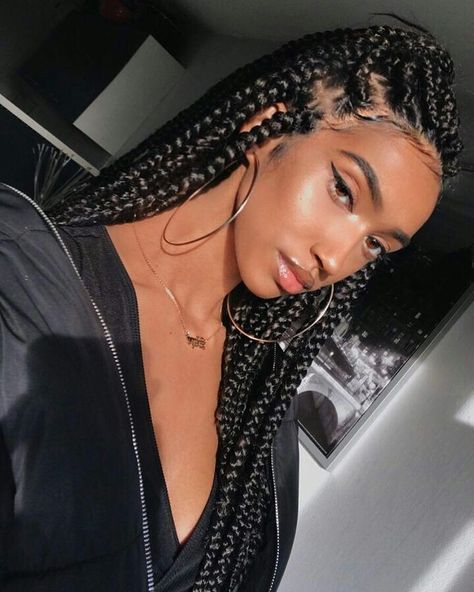
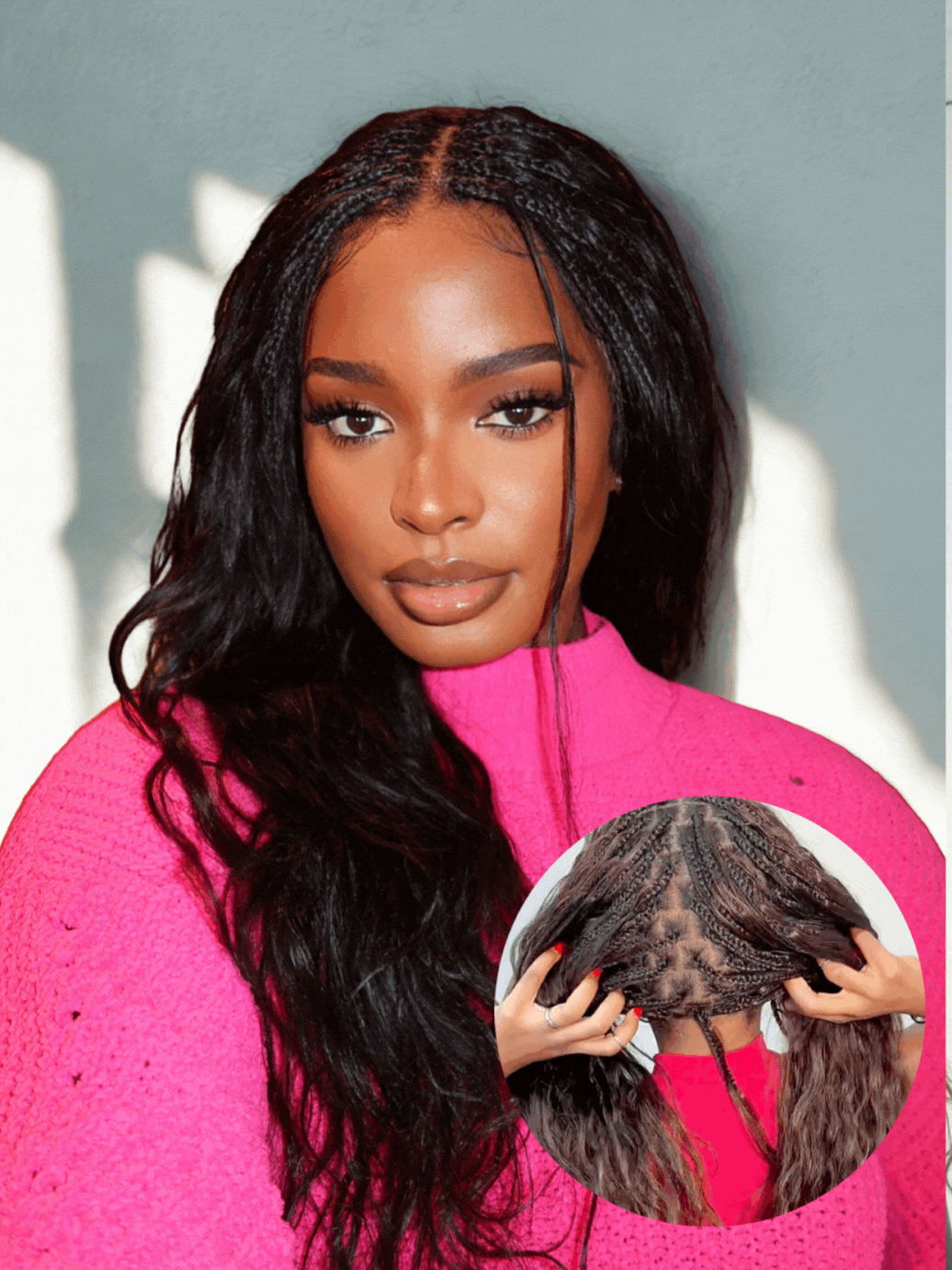
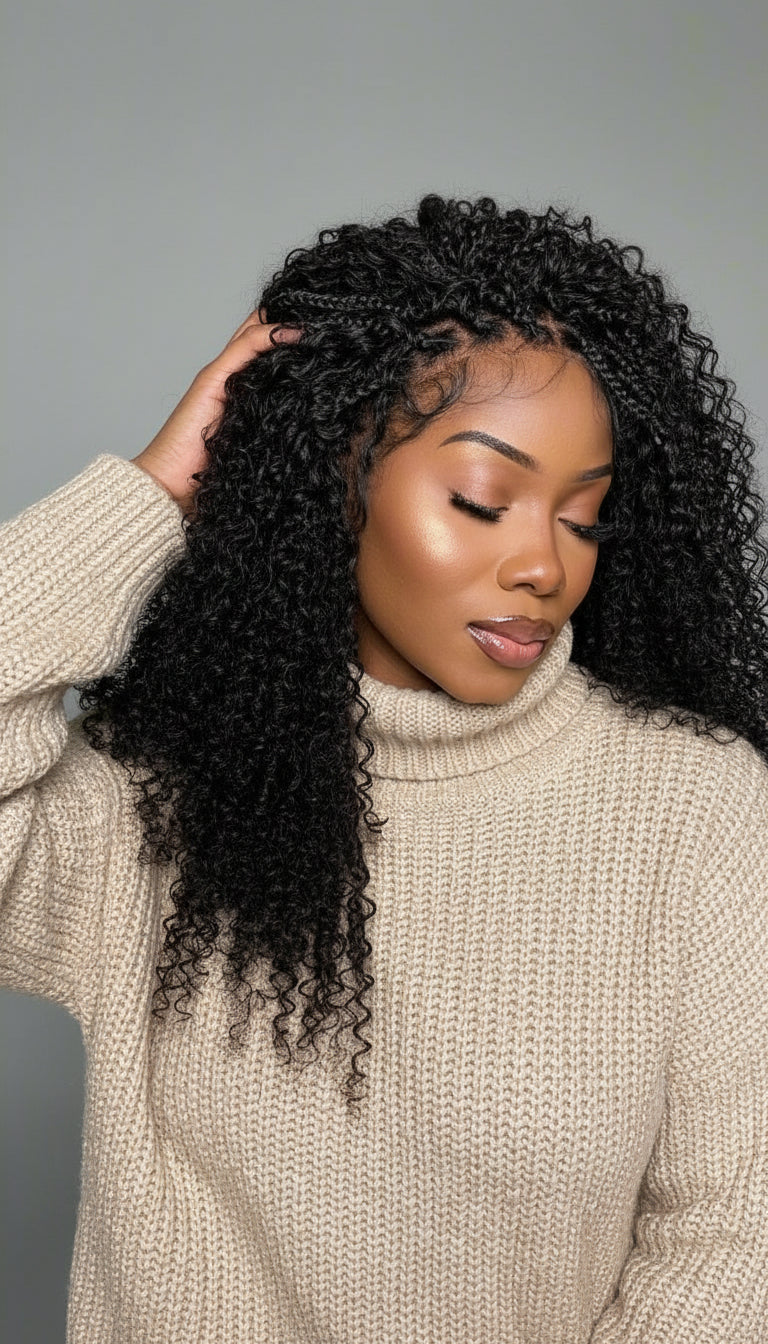
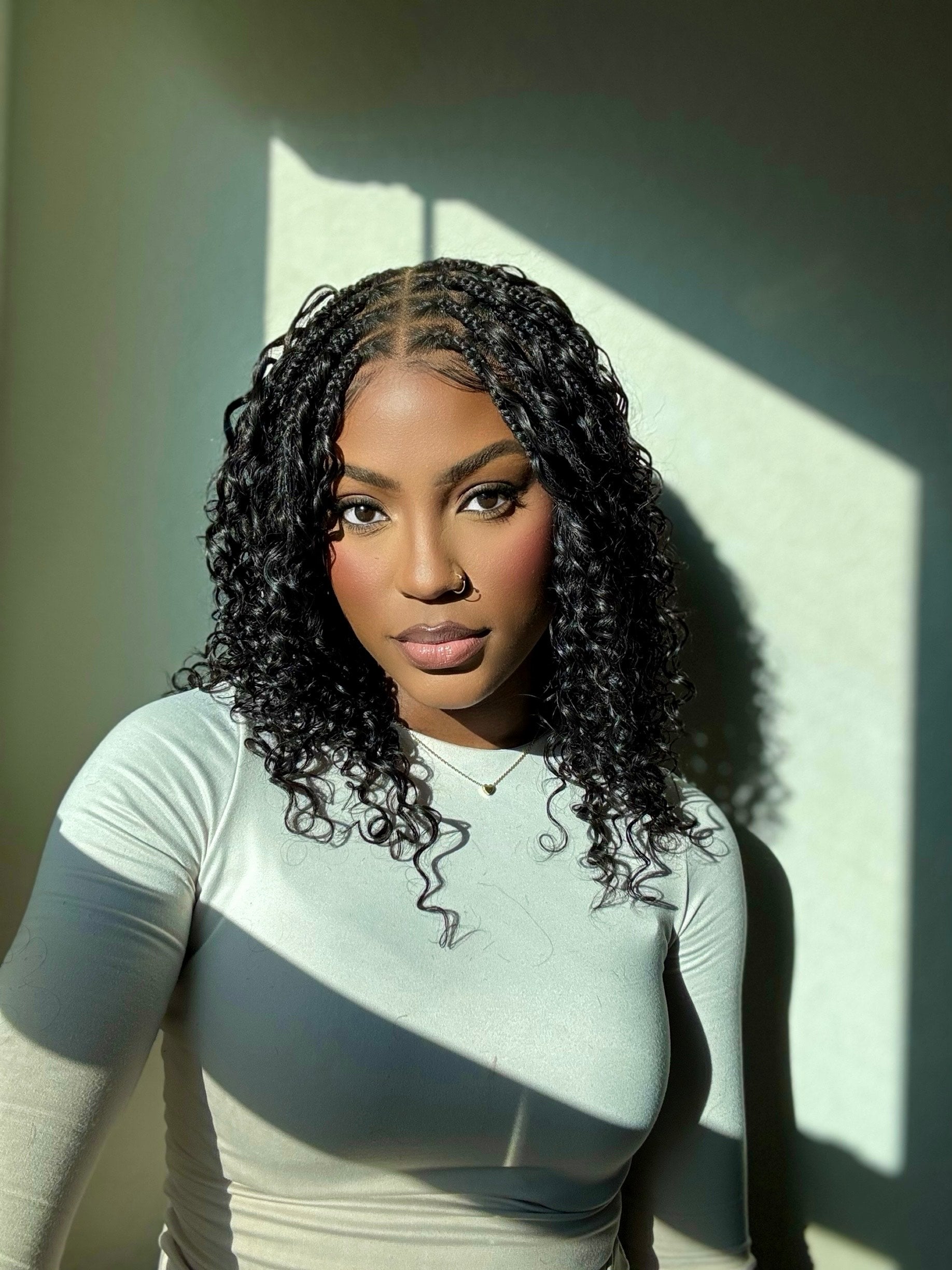
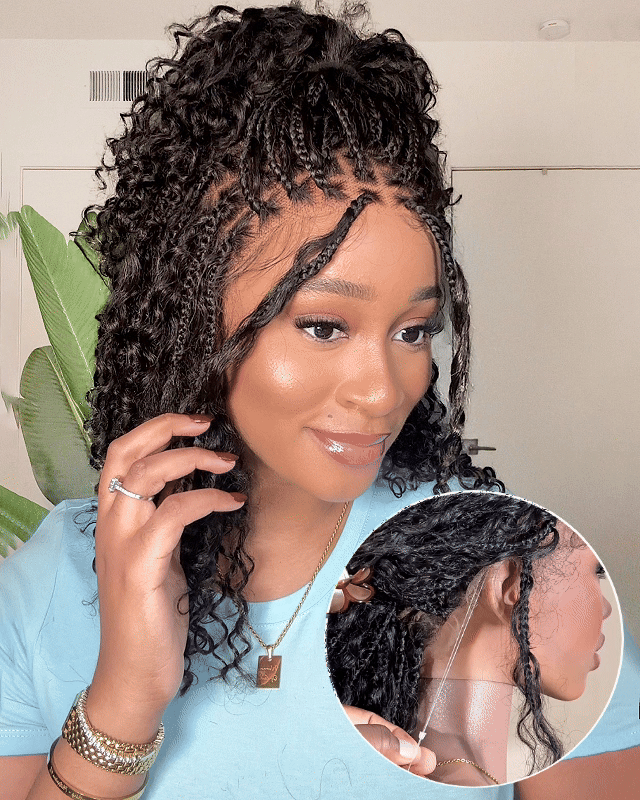
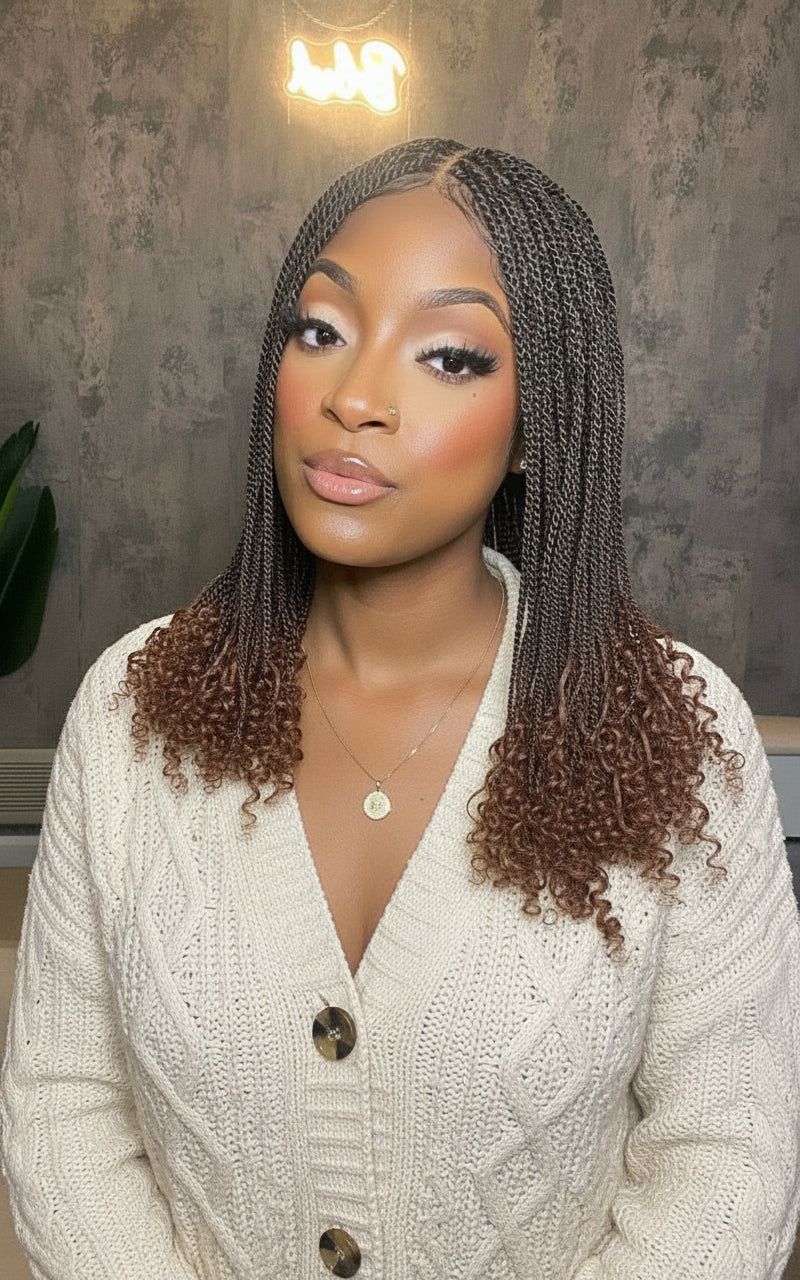
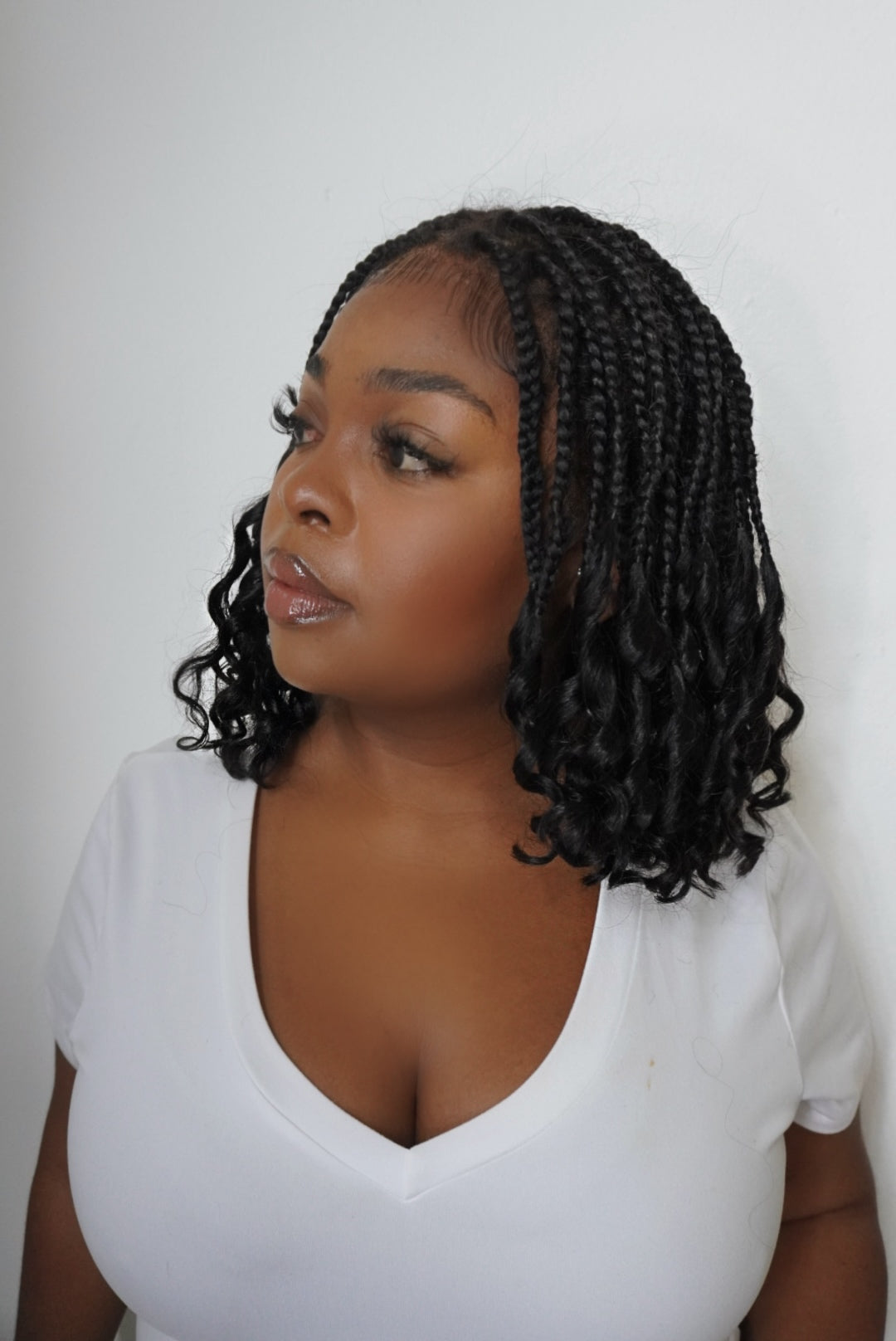
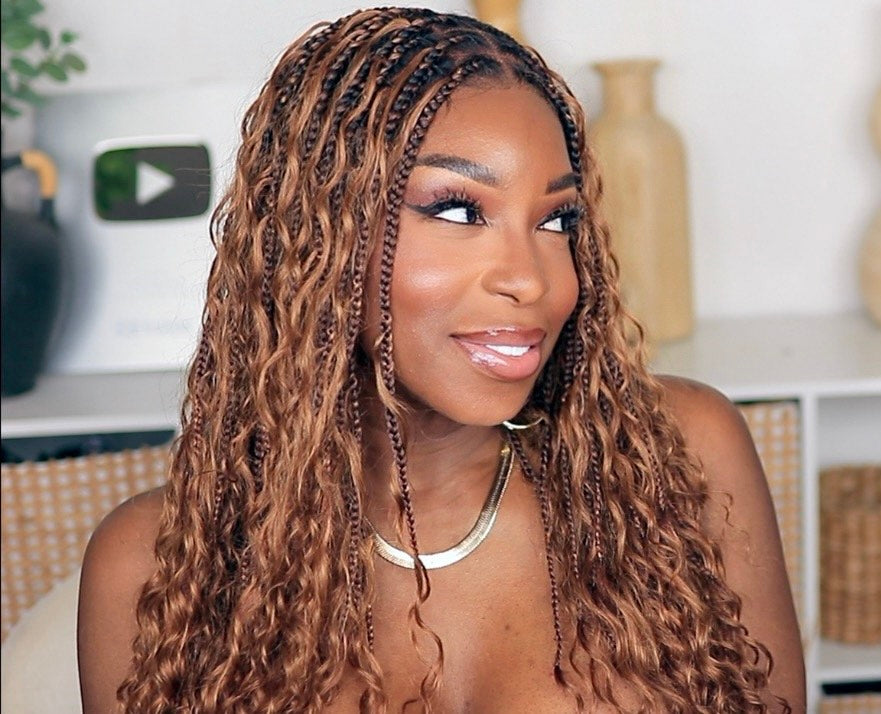
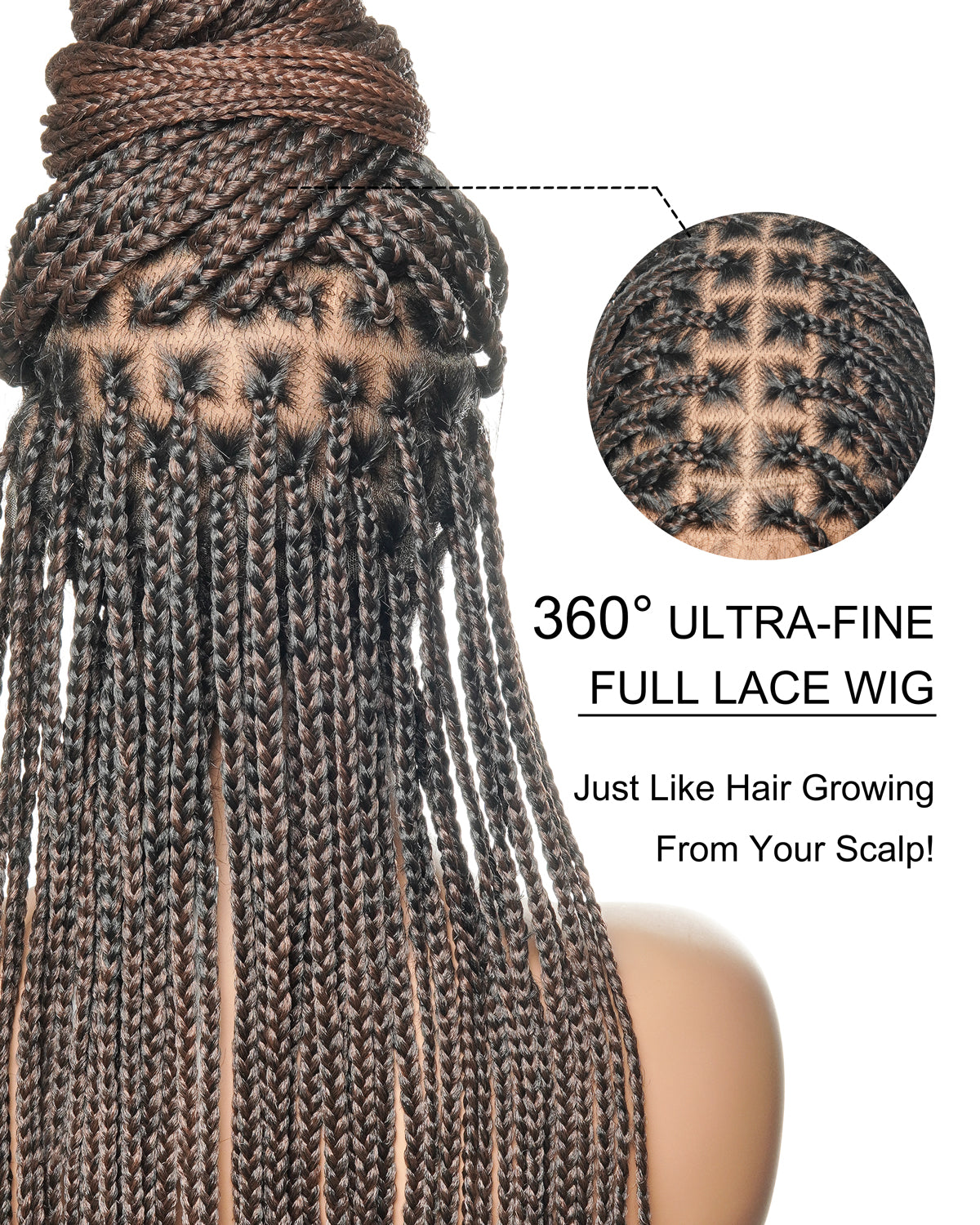
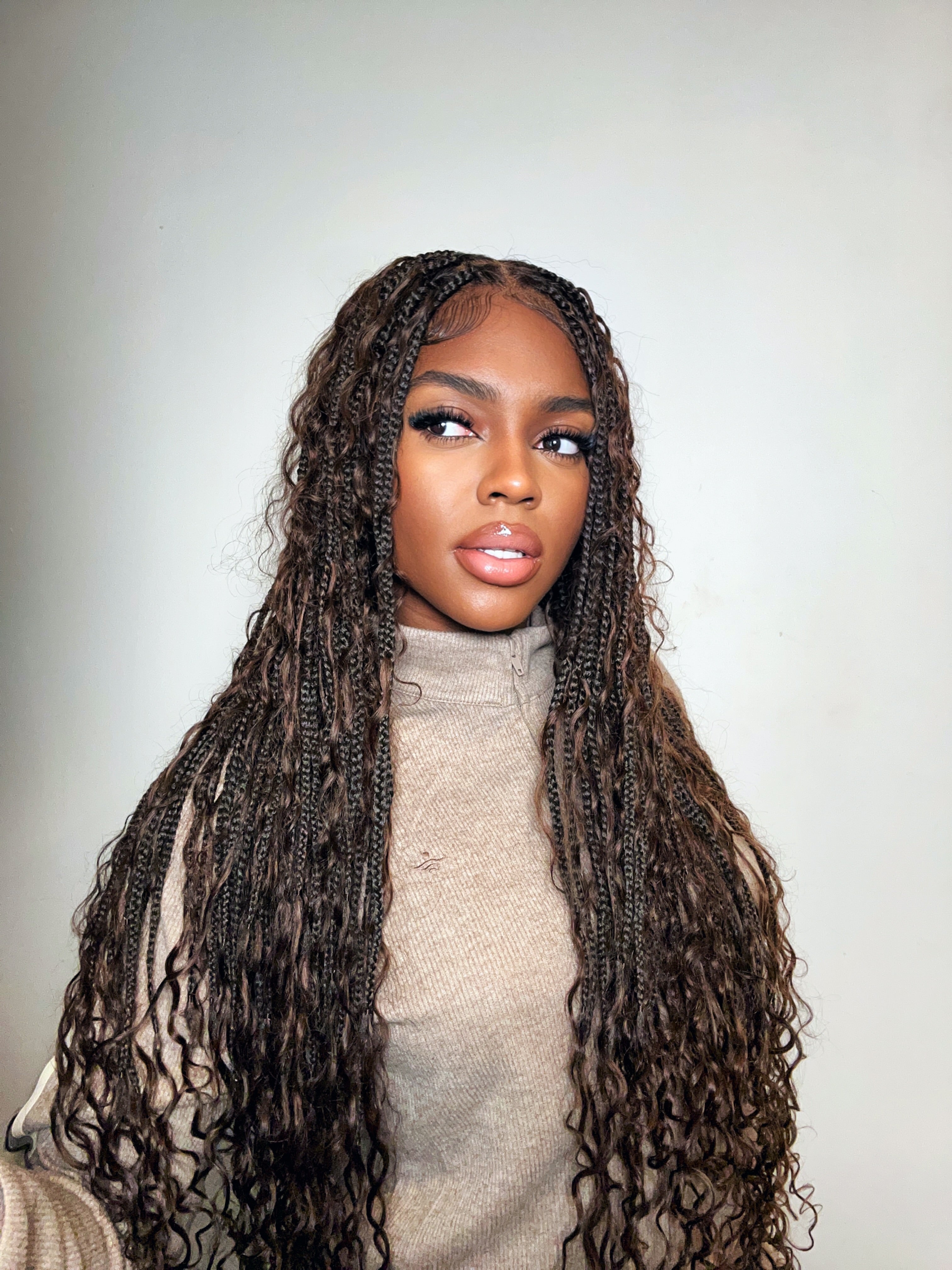

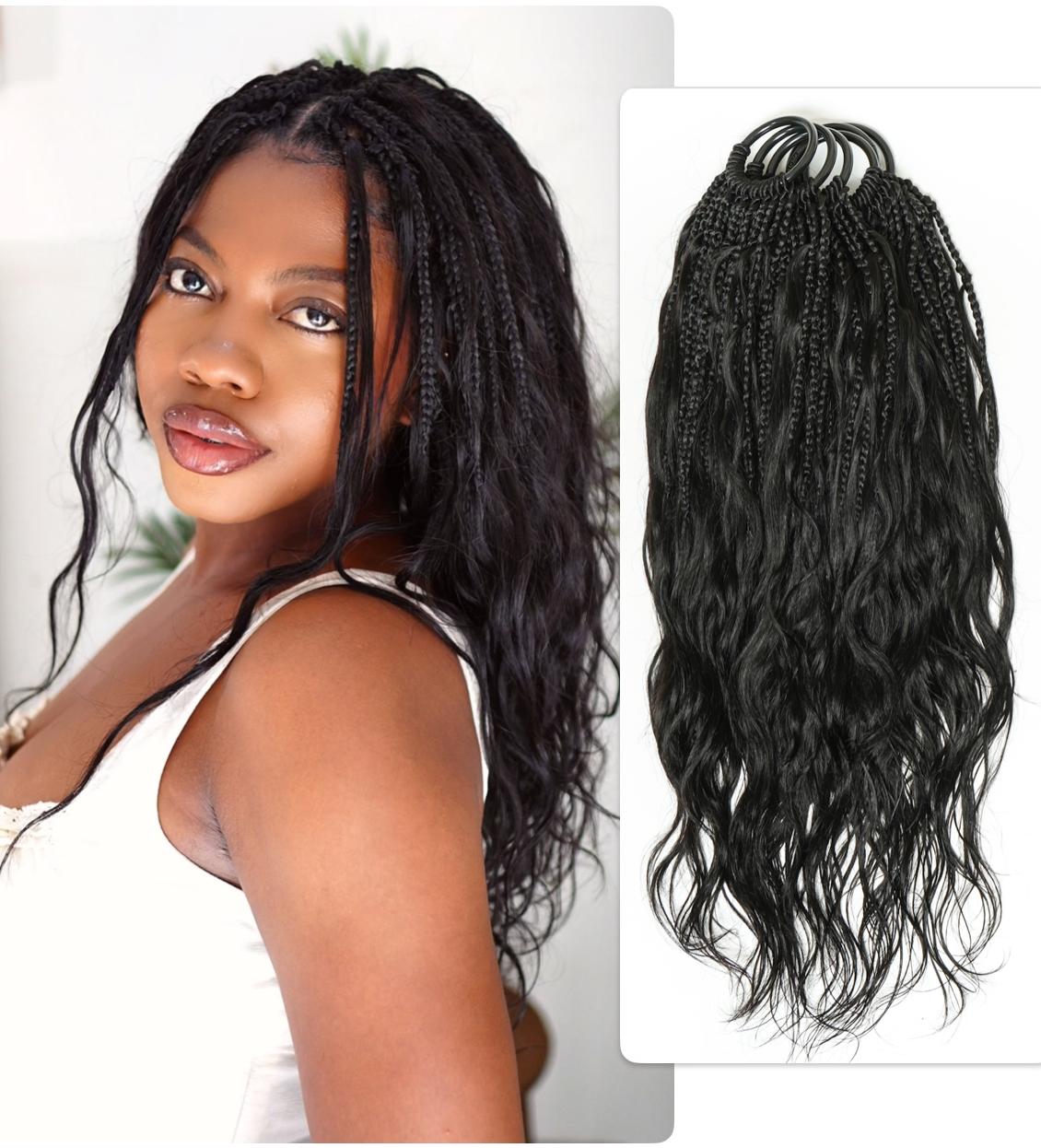
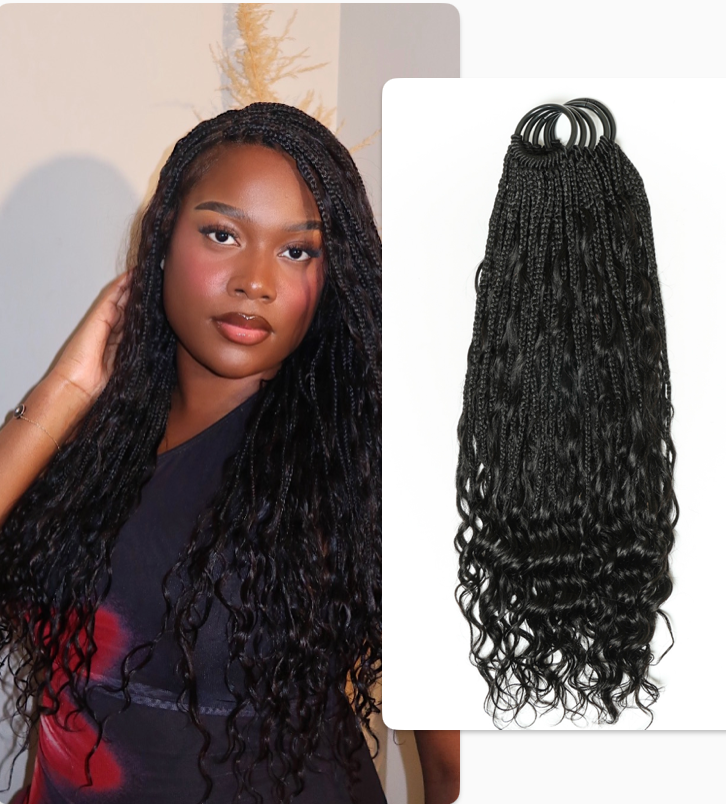
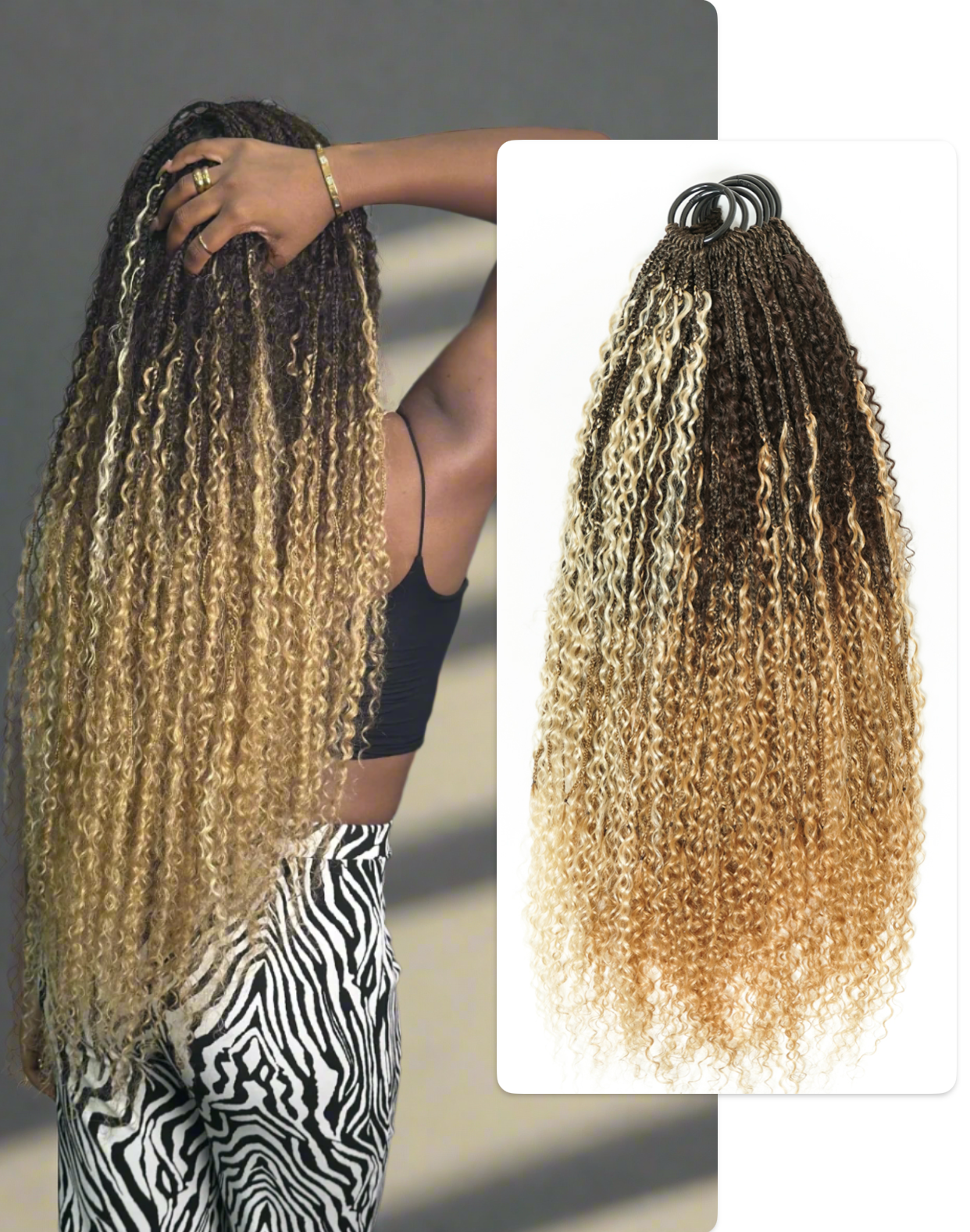
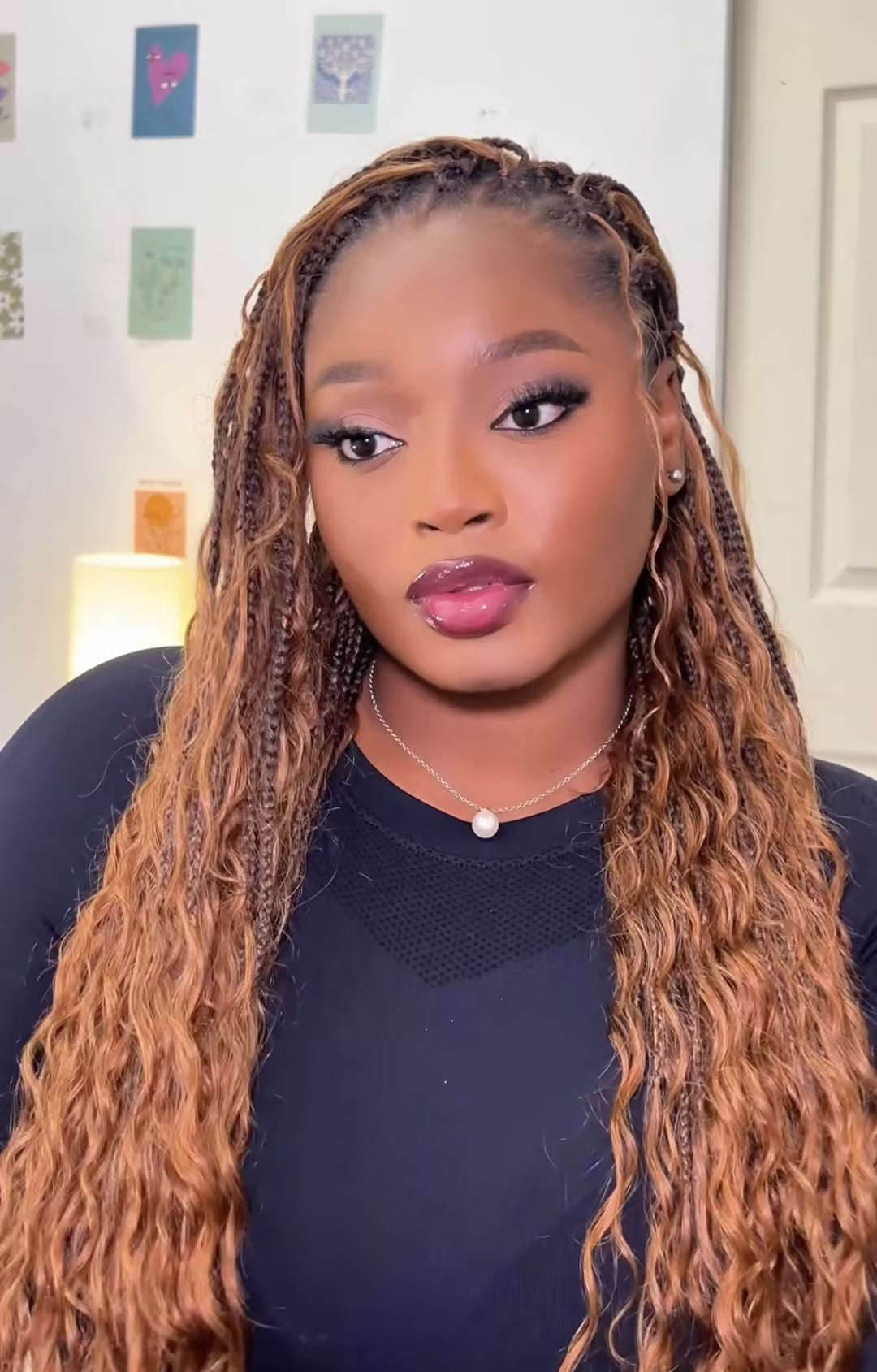
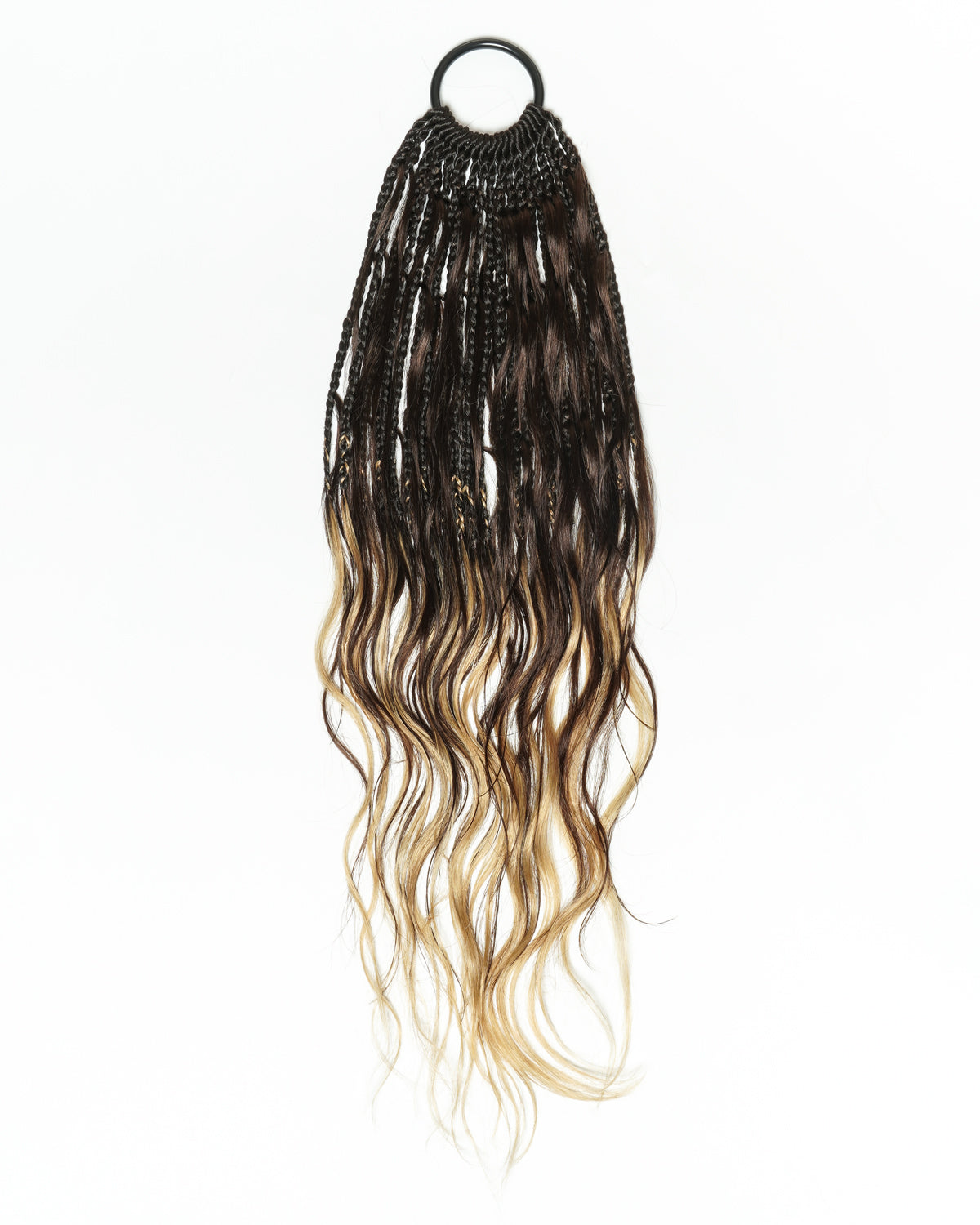
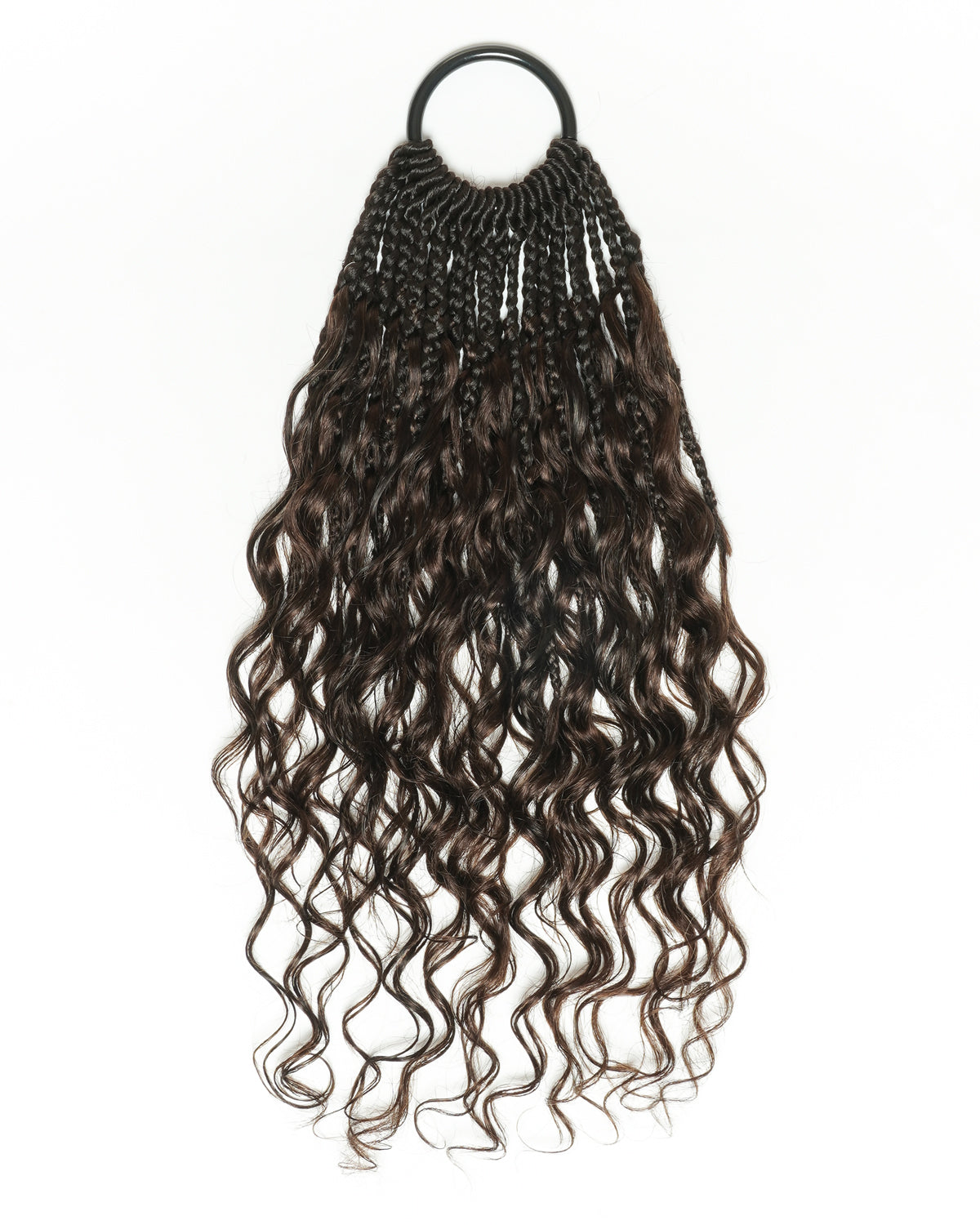
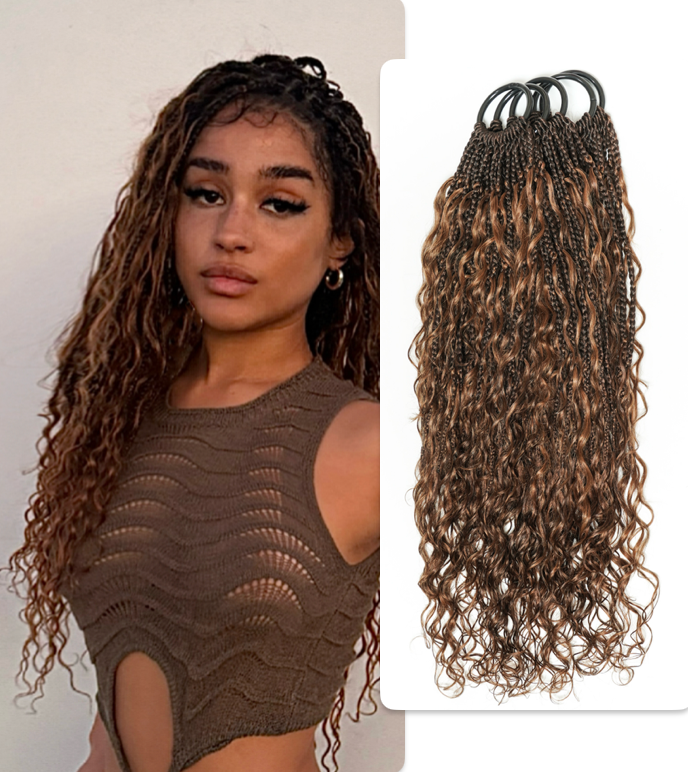
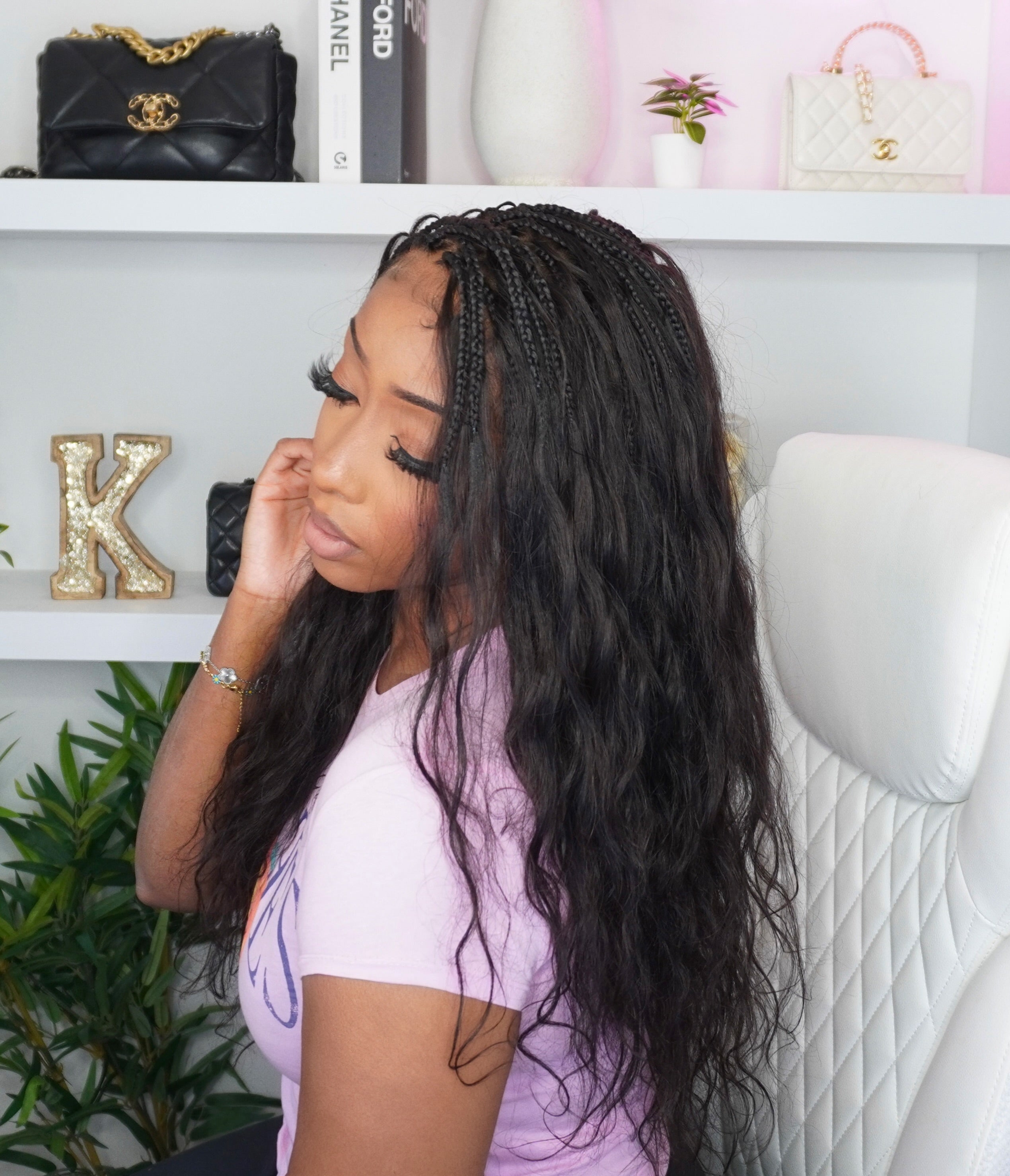

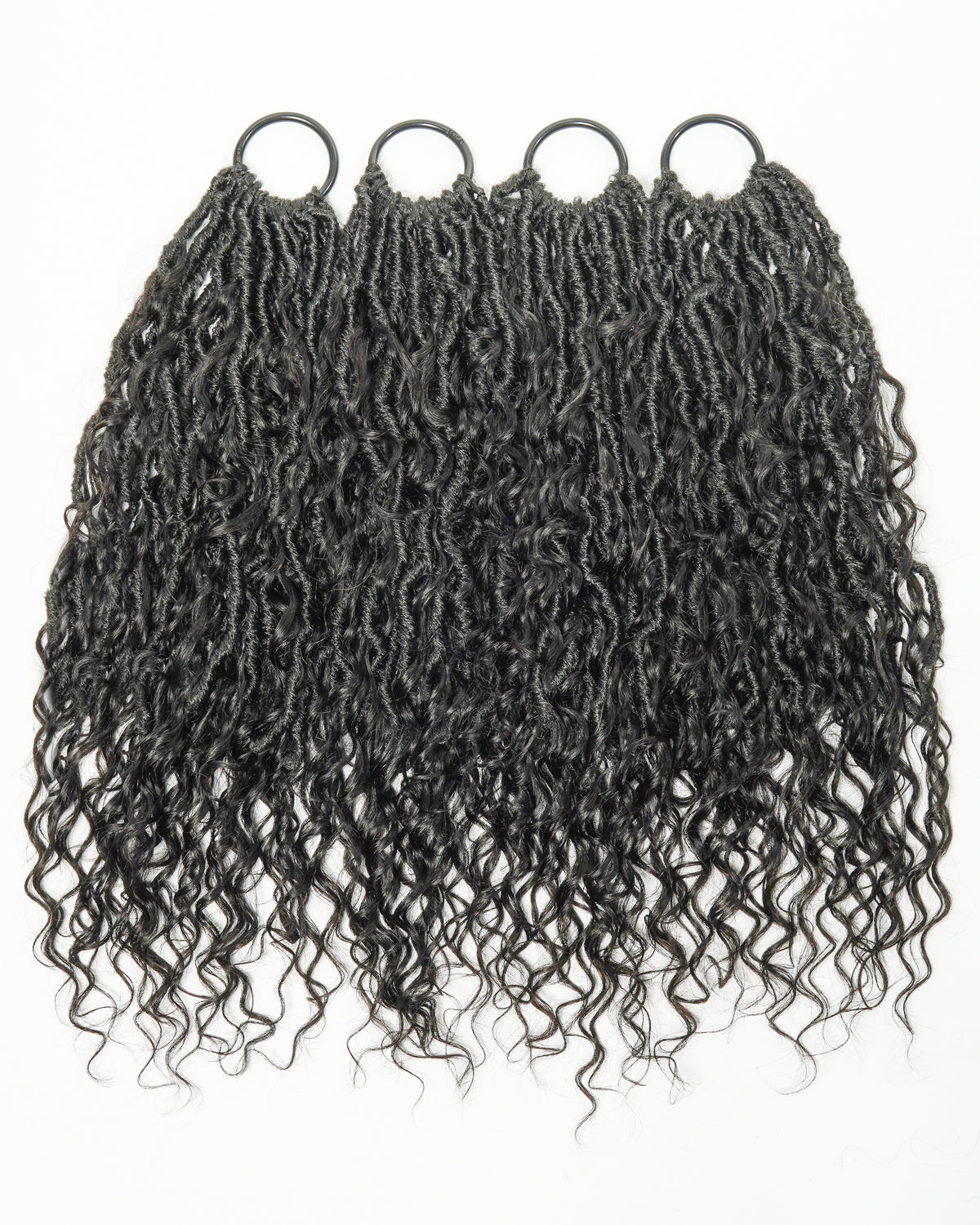
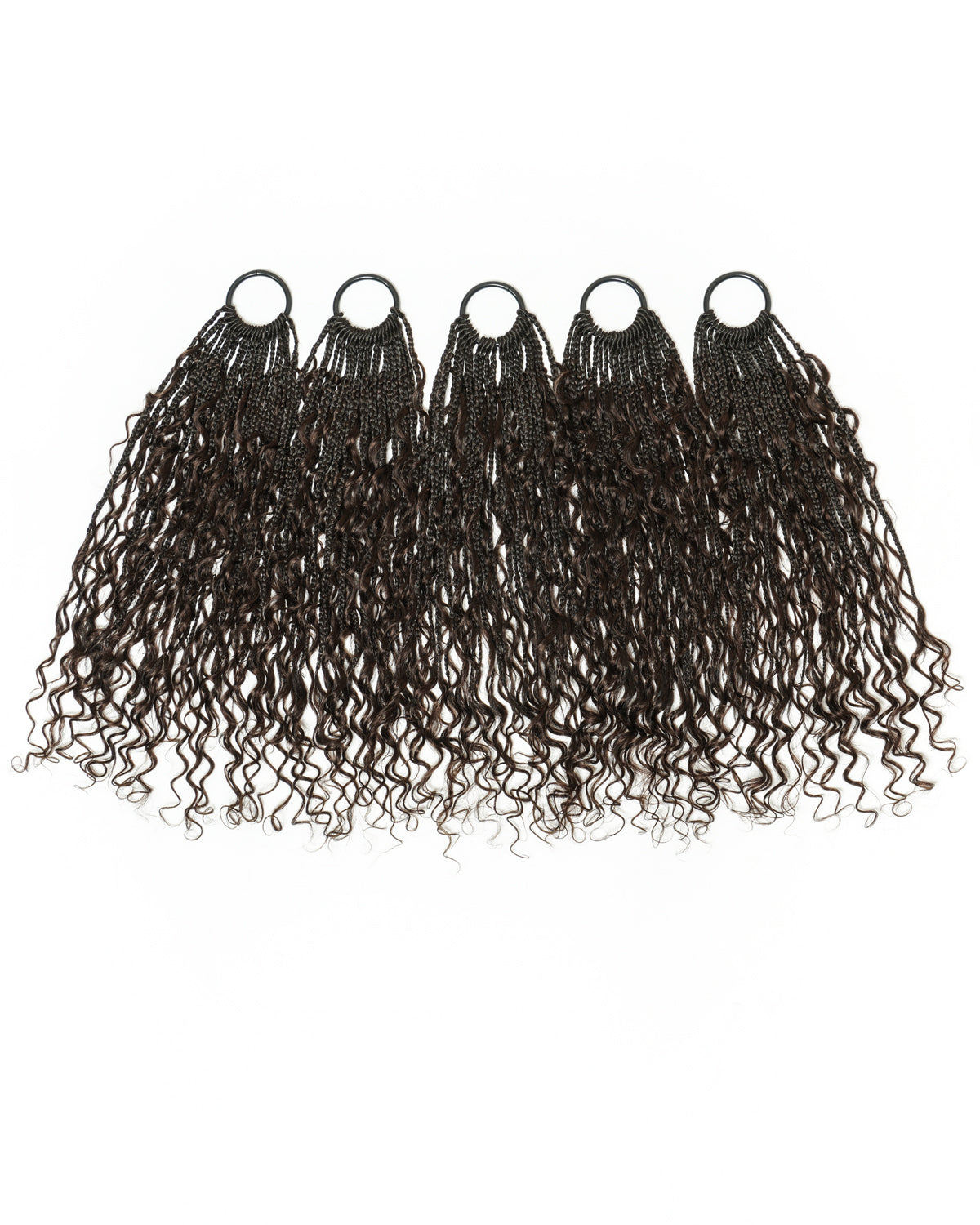
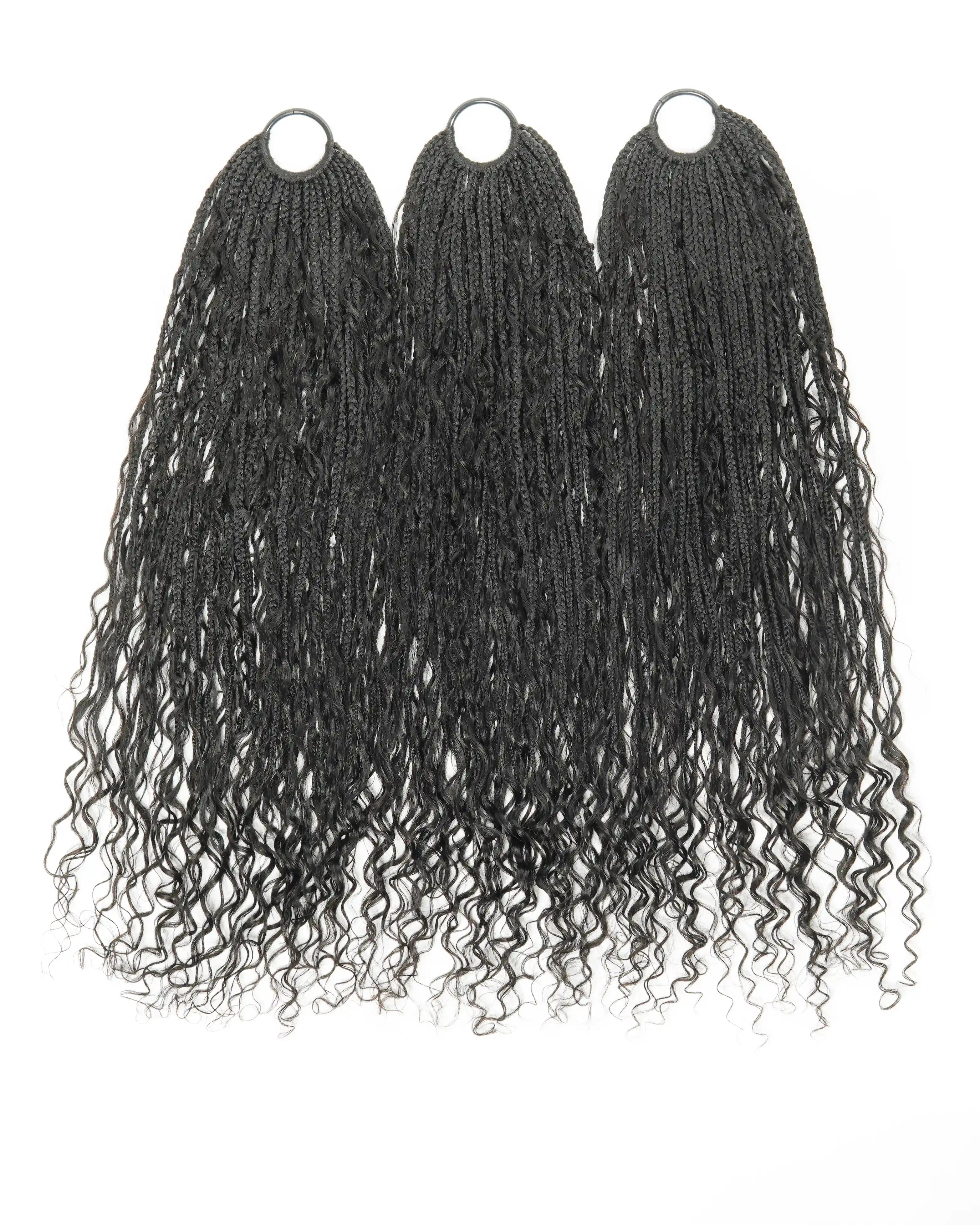
Share:
Box Braids vs. Cornrows: Unraveling the Best Style for You
Stitch Braids vs. Cornrows: Unveiling the Intricacies of Protective Hairstyling